Dundee’s teen gangs put the brakes on the city’s bus fleet 50 years ago when guns, bricks and fireworks were used to attack drivers.
In the early 1970s the gangs ruled the streets of Dundee.
They were identified by different coloured jumpers made at the Knitting & Sewing Centre in Victoria Road and patrolled estates like uniformed soldiers.
Young men knew better than to venture alone into an area they didn’t belong to.
The gangs were causing mayhem with a big upsurge in crimes of violence.
These included the Lochee Fleet, Beechie Mob, the Douglas Toddy, the Hula, the Hilltown Huns, the Fintry Shams, YMB (Young Mary Boys) and the Mid.
The gangs were a major headache for Dundee Corporation Transport (DCTD) with rowdy behaviour and assaults on bus crews commonplace.
Attacks by Dundee gangs on buses
Derek Simpson, author of Dundee Buses – Going Back to our Routes, said things came to a head 50 years ago in June 1972 following an orgy of violent attacks.
“Over one particularly bad weekend it was reported that the Kirkton crews were threatened with a firearm, had bricks thrown at them, and were spat on by youths.
“However, Kirkton was not alone, as a number of services suffered with even a firework being discharged at a crew on one occasion.”
The gang that was most feared and respected by the others was the Kirkton Huns.
Genuinely tough and lawless kids, on the rare occasion when the Huns lost a fight the victorious gang lived to regret it.
Derek added: “In June 1972 DCTD decided that something had to be done to improve the safety of both the crews and the passengers.
“Initially two-way radios were explored, but it was felt that the cost of £40,000 was prohibitive so klaxons and four-way flashers were installed on a number of vehicles.
“By October 1972, it was obvious that this was doing little to prevent the bad behaviour and serious assaults.
“This prompted the union to impose a night-time curfew on bus services considered to be a risk, with buses being withdrawn at 8pm.
“The services to Downfield, Douglas, Kirkton and Fintry had a curfew of 8pm on a Friday and Saturday night to help cut these violent incidents.
“The curfews continued periodically for more than 12 months with the real losers being ordinary fare-paying passengers.”
A landmark year for bus services in Dundee came in 1972, despite the curfew, and things would never be the same again following the arrival of the Jumbo.
The unveiling of the new fleet 50 years ago would lead to the double-deck, one-man and exact fare operation with the events being chronicled in Derek’s book.
“In 1972 Dundee Corporation Transport received 25 Daimler Fleetline buses,” he said.
“These double-deck buses were 33 feet long, which was three feet longer than the J types that Dundee had previously invested in.
“These buses were to be deployed on the 1A, 1B and 2 routes that served St Mary’s.”
So what was so special about them?
“For the driver, they were the first buses to have power steering,” said Derek.
“This might be inconceivable today with even the smallest cars having that luxury!
“Back in 1972 a bus driver’s life could be a strenuous job, particularly if the bus was carrying a full load of passengers.
“They were also the first double-deck buses to have two doors, resulting in passengers boarding at the front door and exiting through the centre door.
“For the driver and passengers, the main difference was these buses were the first double-deck buses to be specifically designed to accommodate a one-person operation, which meant there was no need for conductors on these buses.
“This also heralded the introduction of the ‘exact fare’ policy on Dundee services, which was another huge change for the travelling public.
“These Daimler Fleetline buses were also the first to be delivered new in Dundee Corporation’s tone green colour livery.”
Spreading the message to passengers
These were big changes so events were held to get the message across!
One of the buses went on display in the City Square before moving to the Macalpine Road Shopping Centre in Ardler to help people get used to this new way of working.
Derek said: “This allowed the public to familiarise themselves with the new collection and ticket issuing system and of course the need to have the exact fare when boarding.
“For their first week in service change was given but thereafter it went to exact fare.”
So why the nickname Jumbo?
Derek said: “Prior to 1964 the maximum seating capacity of a Dundee bus was 56 seats.
“However, with the advent of new front entrance, rear-engine buses, the capacity jumped to 78.
“This remained the maximum until 1972 when this new group of Fleetlines arrived that could carry 83 passengers, which was a far cry from the old standard capacity.”
Gang warfare still ruled the streets and one of the 25 new buses was subject to a serious arson attack while relatively new and on service to Charleston on July 10 1973.
The driver unwittingly drove the bus into the Shore Terrace bus stance in the city centre unaware that the top deck of the bus was actually alight.
Fortunately, the bus was constructed with fire retardant deck tread between the floor.
However, such was the fire damage to the upper deck that the bus actually received a new body before re-entering service after being out of action for two years.
A further 15 Jumbos would join the fleet in 1975.
These were the last buses to be bought by Dundee Corporation.
They were also the last Daimler Fleetlines to be bought by either Dundee or its successor, Tayside Regional Council, which took over in 1975.
What happened to the original batch?
The original batch of Jumbos was sent out to grass on the St Mary’s services and ran until 1980 when they were also replaced by the Volvo Ailsa.
The colour of the buses would change from two-tone green to two-tone blue with a white relief band after Dundee Corporation was consigned to history.
Derek is a volunteer at the Dundee Museum of Transport and his latest book follows the success of Dundee Buses – From Green to Blue, which was released in 2020.
Copies of Dundee Buses – Going Back to our Routes, priced £19.95, are available now from the Dundee Museum of Transport website.
Both books can also be bought together for £35 in a special deal.
More like this:
New book looks at the glory days of Dundee buses
All aboard for a journey through the history of Dundee’s Maryfield tram depot
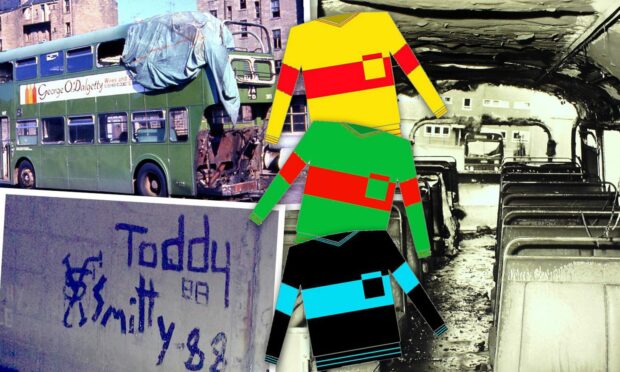
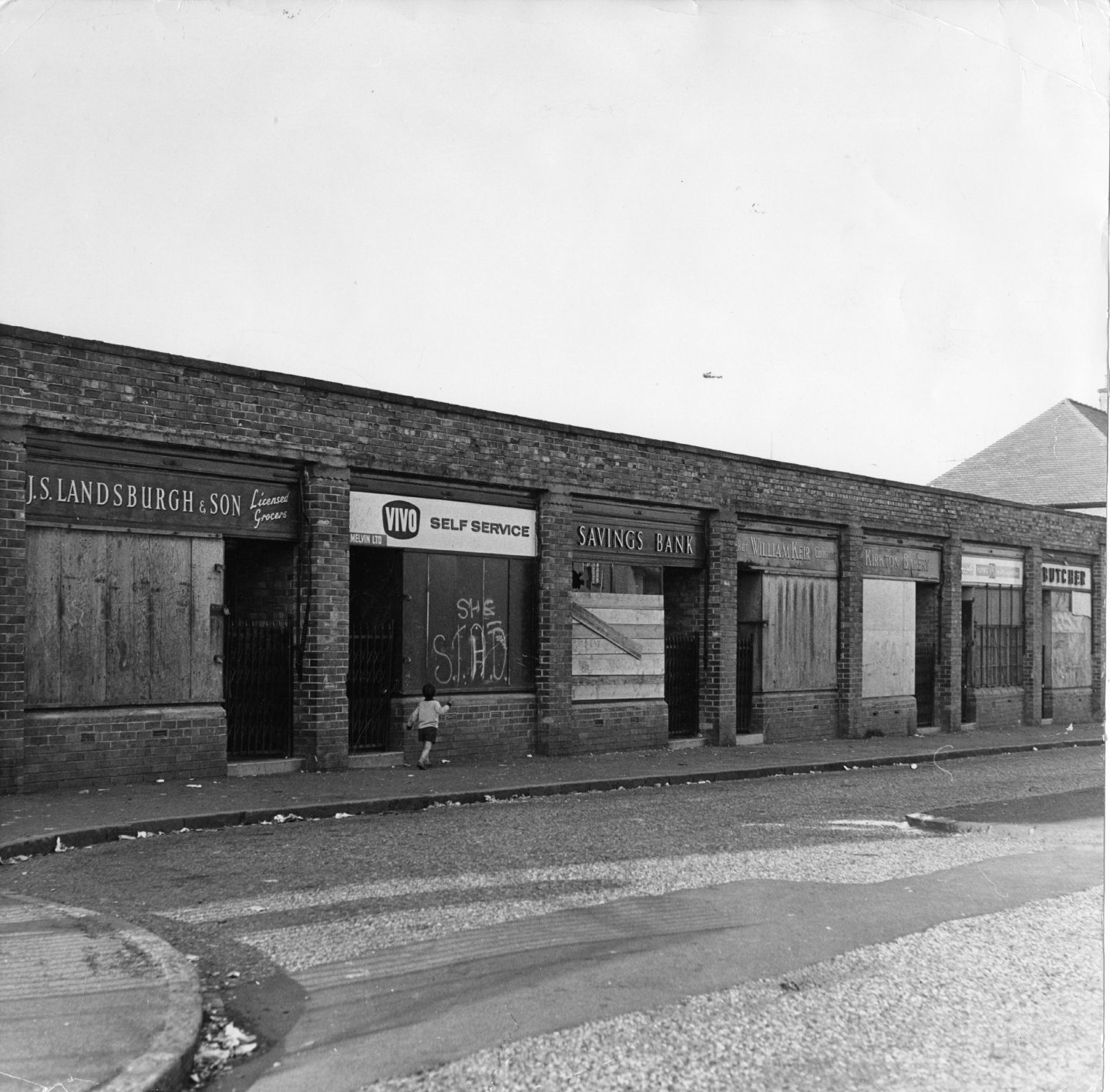
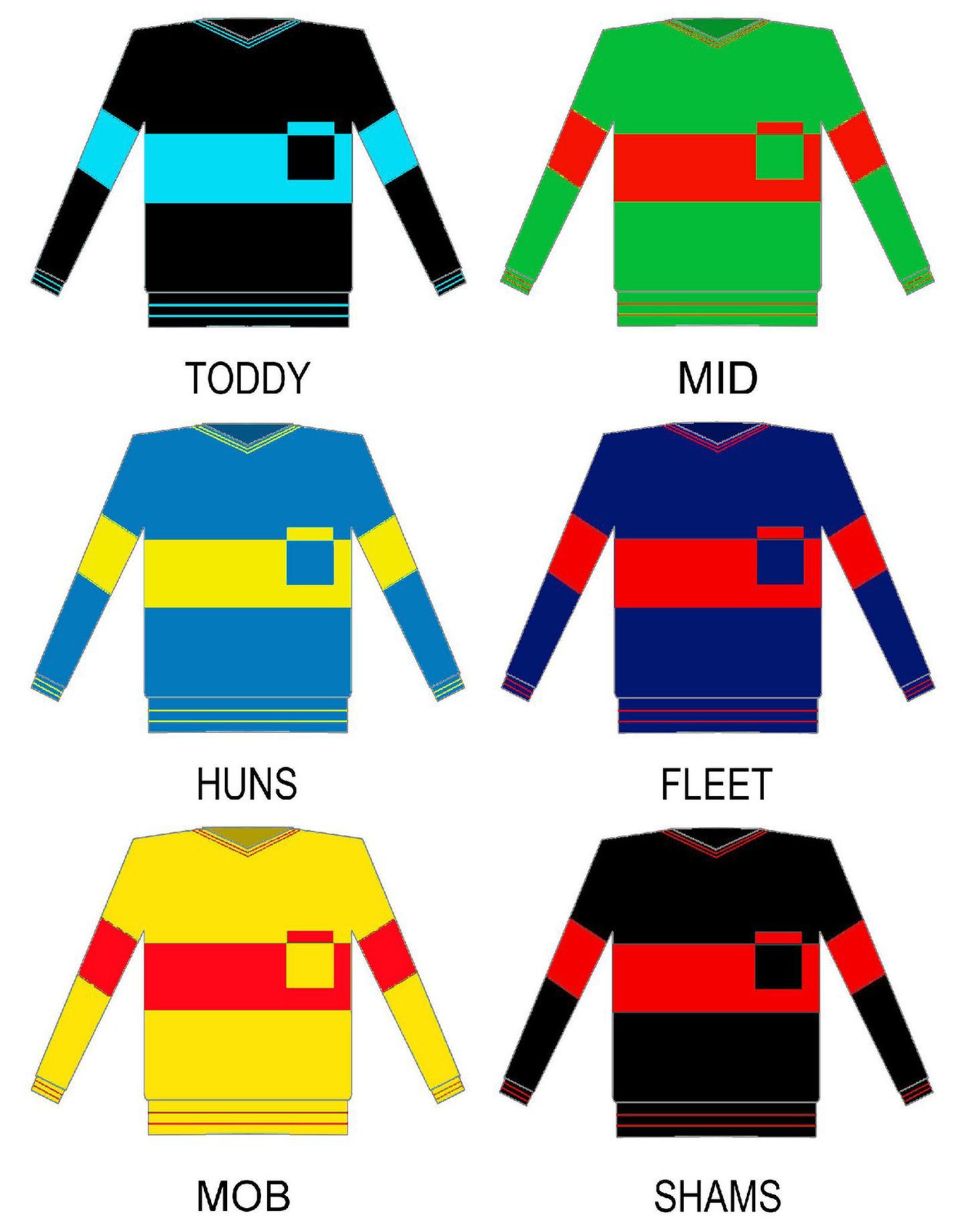
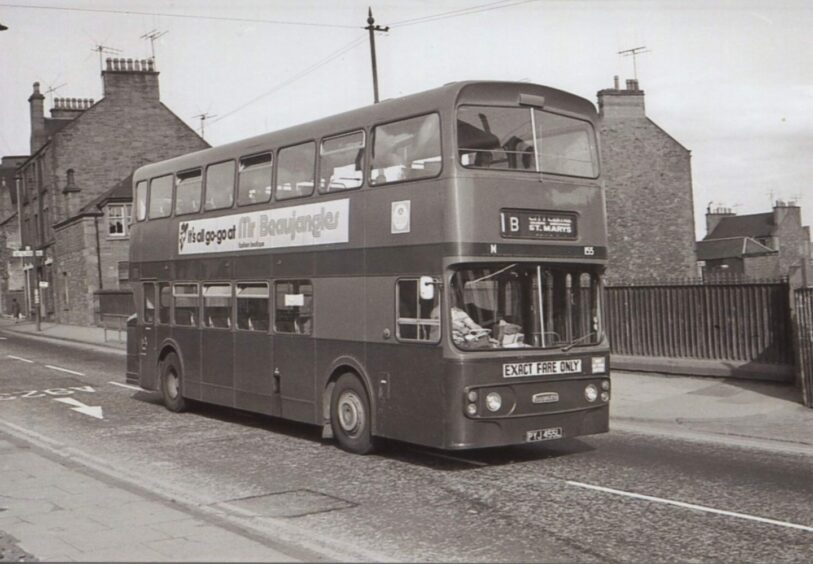
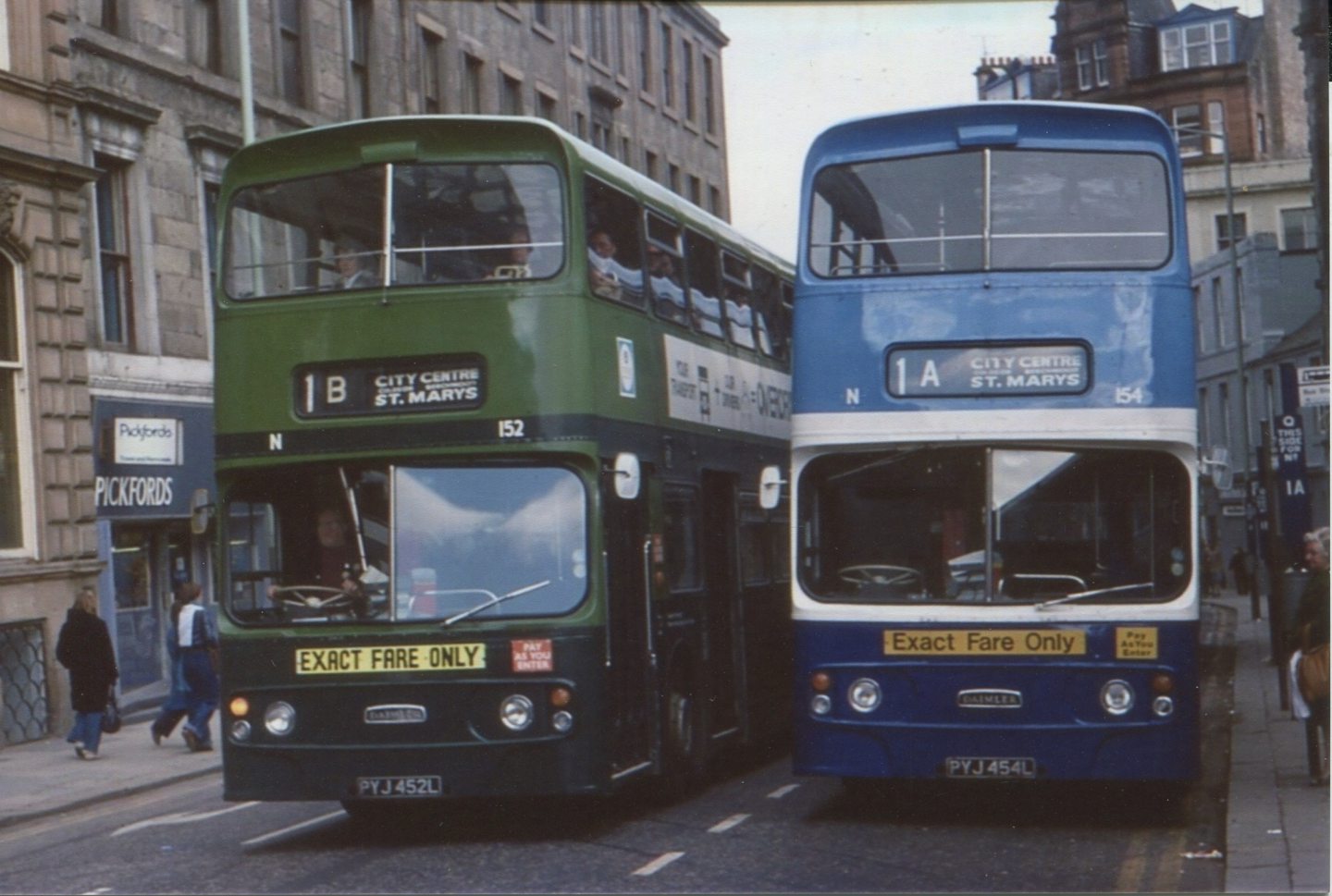
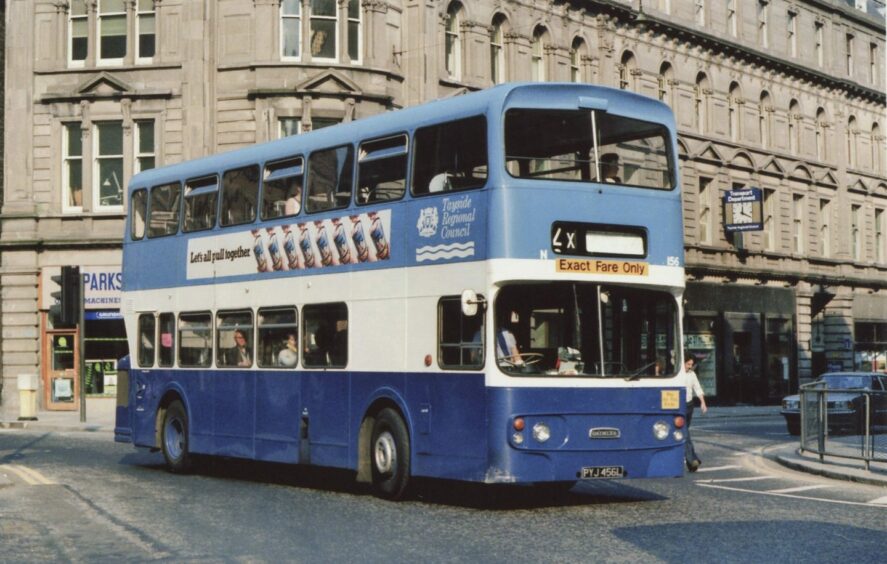
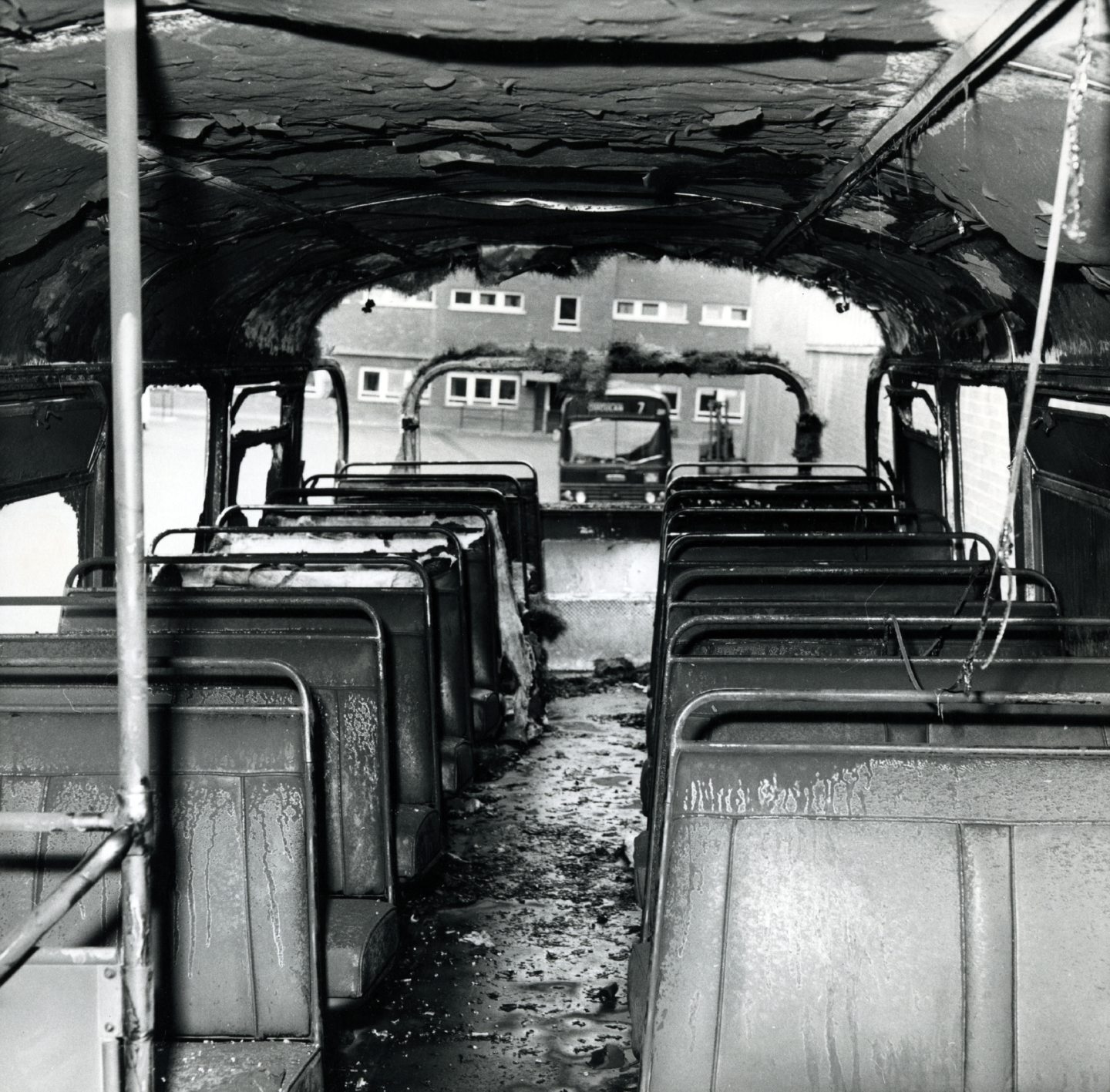
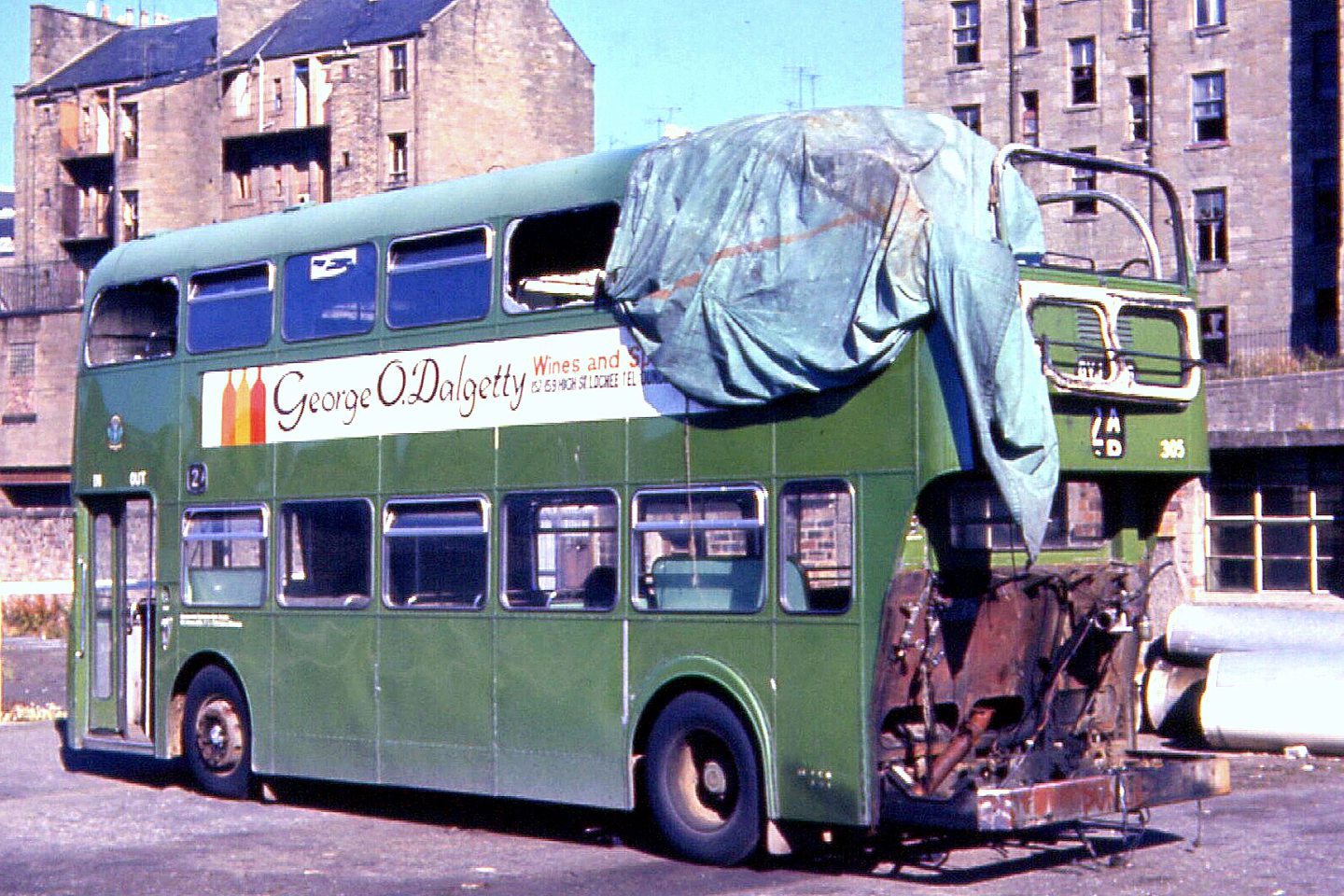
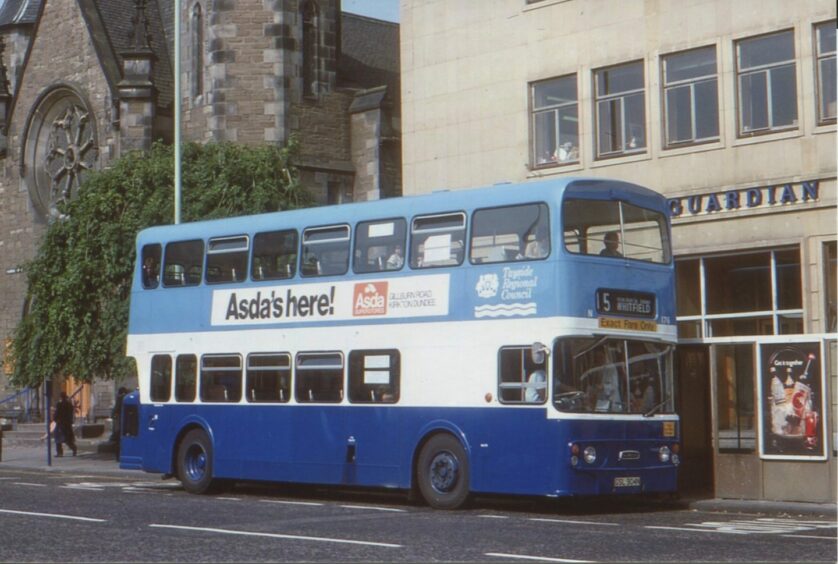








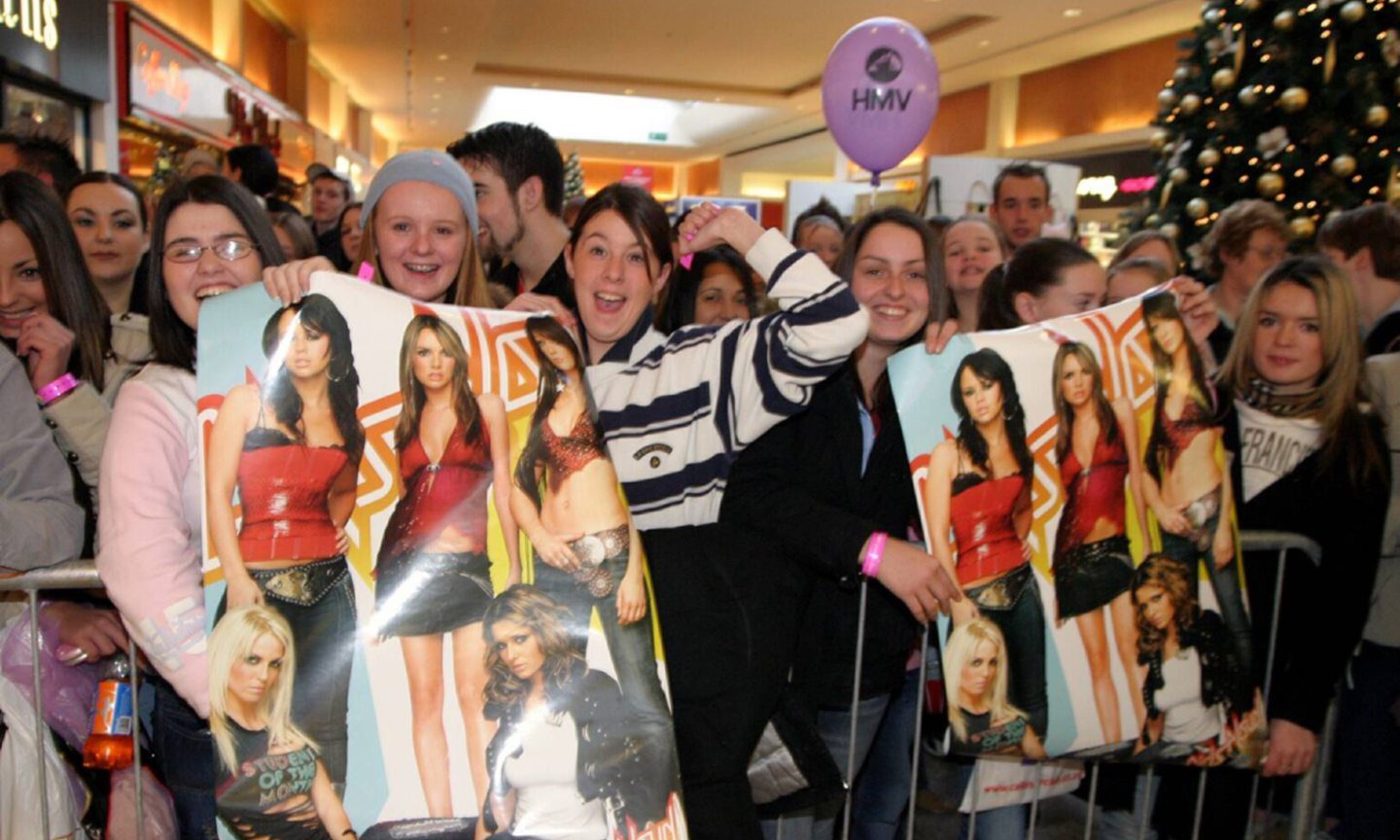
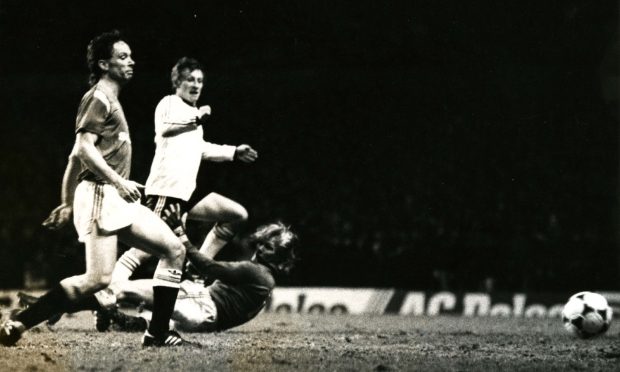
Conversation